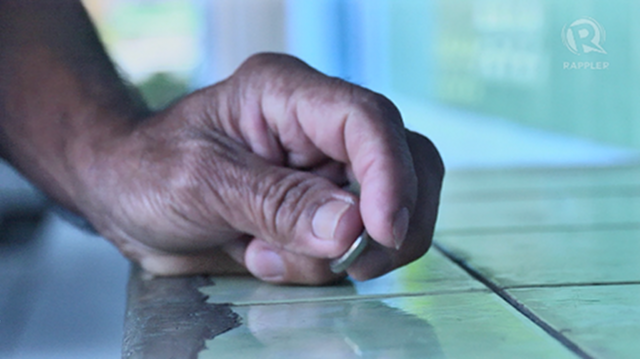SUMMARY
This is AI generated summarization, which may have errors. For context, always refer to the full article.

MANILA, Philippines – Remittances from Filipinos working overseas have long fueled the consumer-based economy of the Philippines. But buoyed by confidence in the healthy and much-praised economic growth rates in 2012, Filipinos at home are themselves spending more and contributing to the country’s performance.
A breakdown of the 6.6% gross domestic product (GDP) growth of the Philippines in 2012 showed that Filipinos have been using their extra money to pamper themselves on beauty and travel.
According the National Statistical Coordination Board (NSCB) data, household spending continued to account for bulk, or 4.3 percentage points, of the 6.6% overall growth.
While Filipinos still spent the most on food, the NSCB data showed that the next biggest spending were on the following:
- health at 15.2% in 2012, a jump from 10.4% in 2011
- restaurants and hotels which saw a 14% growth in 2012 a jump from 10.8% growth in 2011
All the other sectors saw single digit growth.
The lowest growth was housing water electricity and gas at only 7.5% in 2012 from 6.4% in 2011, and furnishing, household equipment and routine household maintenance at 6.3%, a drop from 8.2% in 2011.
Food and non-alcoholic beverages continue to contribute the most to household spending at 42.5%, followed by housing, water, electricity and gas at 12.3% (due mostly to high rates) and miscellaneous goods and services at 12.5%.
According to Rosemarie Edillon, director of the National Planning and policy staff at the National Economic and Development Authority, the boost in expenditure on health was one of the biggest ‘surprises’ in their gathering of data for the 2012 GDP.
About US$20 billion worth of annual remittances from overseas Filipino workers (OFW) provided the traditional boost to household spending, but the strong peso slowed remittances’ growth in 2012.
One reason behind the stronger purchasing power is the continued growth of the business process outsourcing (BPO) sector, explained Edillion.
“We were surprised at the resilience of the BPO sector. We were actually expecting a slowdown. From 9.3% in 2011, it grew by 7.9%. It shows that the sector has found new sources of growth. We were informed that it is the non-voice sector is now picking up,” said Edillon. This is leading to more jobs and more disposable cash among the employed, she said.
Socio Economic Planning Secretary, Arsenio M Balisacan stated that consumer spending is still the major driving sector from the demand side. “It’s still the biggest source of growth as in previous years which was buoyed by remittances and low and stable inflation,” he said.
According to Bloomberg, strong consumer spending has spurred sales of brands from Tommy Hilfiger to home-grown Suyen Corp.’s Bench.– Rappler.com
Add a comment
How does this make you feel?
There are no comments yet. Add your comment to start the conversation.